
12 Christmas Traditions and their history from around the world
Christmas is celebrated globally, but the way people mark the holiday is as diverse as a box of colourful ornaments! The traditions associated with this occasion can differ significantly from country to country. From candy canes and Christmas trees to a witches delivering gifts, these traditions hold unique importance for each country during the season. Let’s take a globe-trotting sleigh ride to see some of the most fun and unique Christmas traditions.

Many people think that the Christmas Tree started in Germany during the early Renaissance, but Latvia also asserts that it is the birthplace of the first Christmas Tree. The earliest recorded use of an evergreen tree for Christmas and New Year celebrations was in the town square of Riga, the capital of Latvia, in 1510. Regardless of the origin, these Christmas symbols have a history that, dates back to the 15th and 16th centuries, during which they were adorned with apples, roses, candies, and coloured paper.
The Christmas Tree became popular in the United Kingdom around 1830, following Queen Victoria's marriage to the German Prince Albert. Its popularity grew during the Christmas of 1841 when Albert displayed one at Windsor Castle for the Queen, and this festive practice then spread across the country.

The connection between this plant and Christmas originates from Mexico, where a story is told about a young girl who couldn't afford a gift to honour the birth of Jesus. Inspired by angels, she collected weeds from the roadside to bring to the Church. Although she faced laughter as she entered, when she placed the branches near the manger, they unexpectedly began to bloom and transformed into vibrant poinsettias.
Starting in the 17th century, friars in Mexico began using these vibrant flowers in their Christmas celebrations, believing that the flowers carry special meaning. The star shape of the leaf represents the Star of Bethlehem, while the red colour signifies the blood sacrifice associated with Christ's crucifixion.

During Christmas in Denmark, a playful elf known as Nisse is expected to emerge and have some fun. In Sweden, he is referred to as Tomtenisse, and in Finland, he is called Tonttu.
He lives in the lofts of old farmhouses or tucked away in local forests. This little trickster loves to play pranks! Standing no taller than 90cm, he boasts a long white beard and sports a bright red or colourful knit cap. On Christmas Eve, he unleashes his playful spirit. He teams up with the Yule Goat, knocking on doors and spreading joy with gifts. Families leave him a bowl of rice pudding or porridge to show their gratitude. It's a clever way to keep this mischief in check!
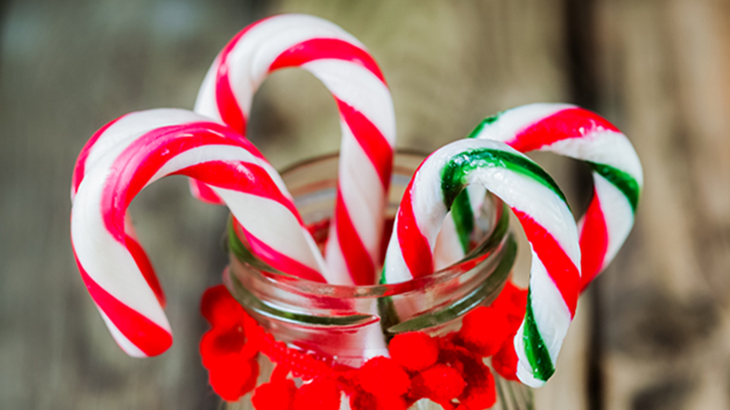
A popular Christmas tradition that originated in Germany is the candy cane. In 1670, a German choirmaster sought a way to keep the children quiet during Christmas Eve services.
He requested the local candy maker to create sweet sticks for the children; however, to justify offering candy during worship, he asked the candy maker to shape each stick with a hook (to resemble the crooks of the three shepherds) and to colour them red and white (to reinforce Christian beliefs about the sinless life of Jesus). These tasty candy canes later spread throughout Europe as they were distributed at nativity plays.
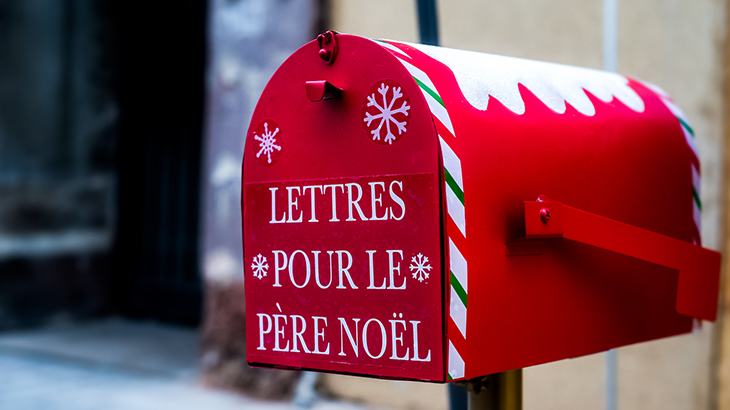
Children globally, including those in France, frequently compose letters to Father Christmas, referred to as Le Père Noël in French. In these letters, they typically include a list of desired gifts that they hope to receive from him during Christmas, contingent upon whether he believes they have behaved well.
In this part of the world, letters to Santa are not ignored. Since 1962, France has had a law requiring responses to any letter sent to Santa in the form of a postcard, ensuring that every child receives a reply from him.
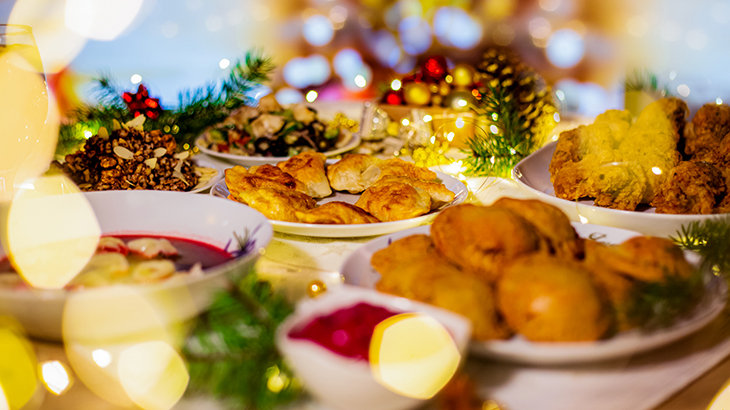
In Poland, Christmas Eve is referred to as Wigilia, and the main meal, called "Kolacja wigilijna" (Christmas Eve supper), is enjoyed in the evening. Traditionally, there are 12 dishes served at the table, which for Catholics represent Jesus' 12 disciples; alternatively, they are also believed to bring good luck for the upcoming year.
The meal is usually meat-free to honour the animals that cared for baby Jesus in the manger. It’s customary for everyone to eat or at least sample each dish, but traditionally, no food is consumed until the first star appears in the sky.
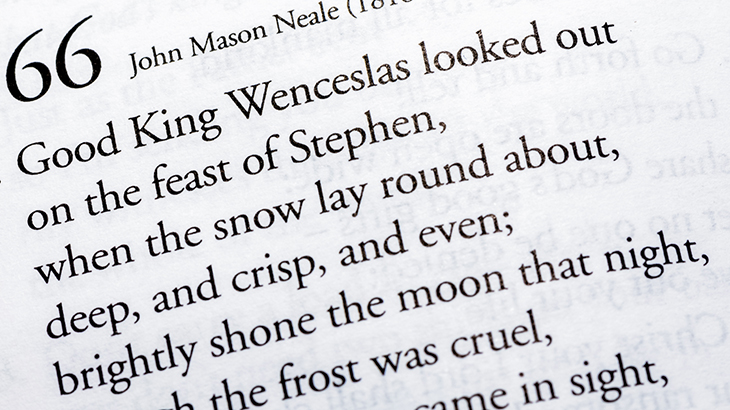
"Good King Wenceslas" is a well-known Christmas carol that narrates the tale of a Bohemian king who embarks on a journey through severe winter conditions to offer help to a needy peasant on the Feast of Stephen, which is celebrated on December 26, the First Day of Christmas.
King Wenceslas, known from the Christmas Carol, was a real King in the Czechia. He was known for his goodness and strong Christian beliefs. These traits angered his mother and brother. His brother ultimately murdered him on the steps of a church. Before his death, Wenceslas asked for God's mercy for his brother’s actions. He is now regarded as the patron saint of the Czechia.
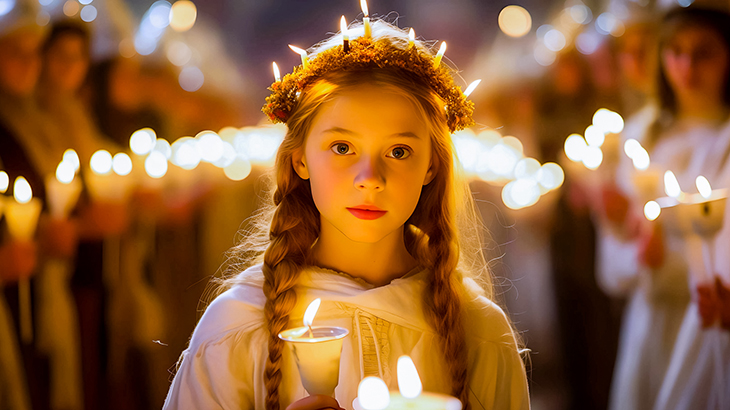
In Sweden, one of the biggest celebrations around Christmas time is St. Lucia's Day. St. Lucia was a young Christian girl who was martyred around 304 AD. The common story about her is that she secretly brought food to persecuted Christians living in Rome. These Christians lived hidden away on the catacombs beneath the city. To carry the food, she wore candles on her head. The name Lucy means 'light,' making it a fitting name for her.
On St. Lucia's Day, a girl wears a white dress with a red sash and a crown of candles on her head. Young children use electric candles, while those around 12 years old and older use real candles.

In Georgia, "Tovlis Papa" traditionally brings presents to children. This name means "Grandfather Snow." He typically wears all white clothing. This includes a hat and a heavy cloak called a "nabadi." The nabadi is made of white sheep's wool and is very warm. Shepherds usually wear darker colours, but Tovlis Papa must wear white.
On New Year's Eve, Grandfather Snow descends the Caucasus Mountains and travels around Georgia to distribute treats and sweets to children. In return, kids leave out "Churchkhela," a walnut and grape juice confection shaped like a sausage, for Tovlis Papa. Although Santa is commonly referred to as "Tovlis Papa," the original Tovlis Papa is indifferent to this.

In Italy and Russia, there is a belief in an unattractive yet benevolent witch who arrives on her broomstick during Christmas to deliver gifts to children. In Italy, she is known as Befana, while in Russia, she is called Babushka, which translates to grandmother.
According to legends, the old lady was visited by the three wise men on their way to see the Baby Jesus and was invited to join them on their journey, but she turned down the offer. After they departed, she changed her mind, packed a basket with gifts, and set out to find the baby. However, she was unable to locate the Baby Jesus, so now she leaves presents for any good child she encounters during Christmas time.

In Jamaica, Christmas Eve is known as 'Grand Market'. It is an exciting time, especially for children. Each town and city hosts a mix of a festival and a market. During the day, people shop for Christmas foods, sweets, toys, and other items. Many also buy new clothes in preparation for the celebrations later in the evening.
Around 6:00 PM, the evening part of Grand Market begins. It lasts until the morning. People dress in their new or best clothes for the celebration. Families, including children, join in the festivities. The streets, shops, and many houses are decorated with lights. Street vendors typically sell food such as jerk chicken and boiled corn, along with sweets like candy canes and sugar cane.

Countries that observe the Orthodox Church celebrate Christmas in January. This is due to their use of the Julian Calendar, resulting in Christmas Eve falling on January 6th and Christmas Day on January 7th. Some countries that celebrate Christmas in January include Russia, Serbia, Jerusalem, Ukraine, Ethiopia, and Montenegro.
During their Christmas celebrations, they start Advent on November 28th, which lasts for six weeks. Some people observe fasting during this time, following a Vegan diet that excludes all animal products, including meat, milk, and eggs.
If you're following traditional customs from the UK this year, you may have already begun your Christmas gift shopping. However, if you need additional assistance, consider looking at our Christmas Gifts section for ideas.


